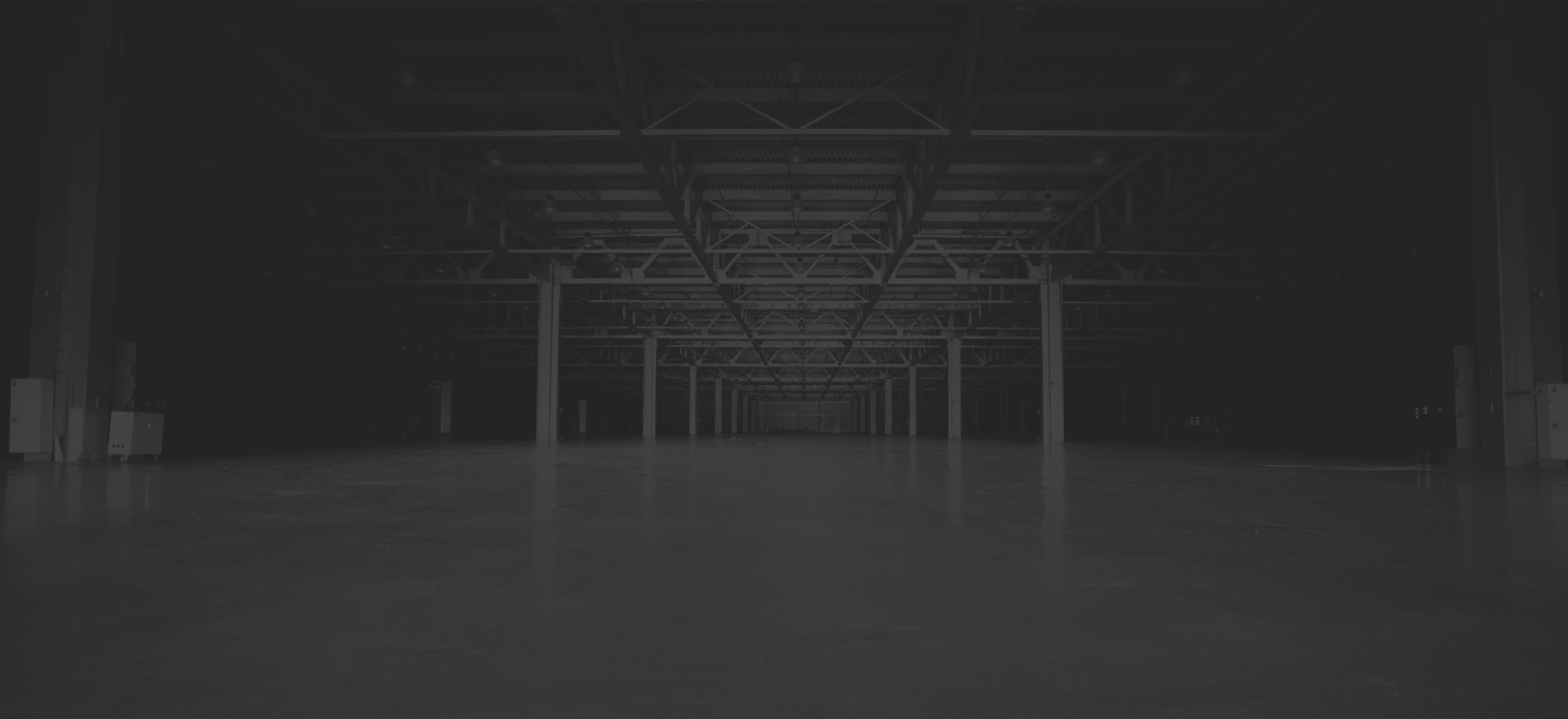25
2015
-
08
How do the copper rod pores produced by the uppriming machine come into being
The author:
How do the copper rod pores produced by the uppriming machine come into being?
First, the impact of raw materials
1. Cathode electrolytic copper
The QUALITY OF ELECTROLYTIC COPPER IS THE MOST CRITICAL FACTOR FOR THE production of qualified oxygen FREE COPPER RODS. According to the production process, the copper plate used for the manufacture of oxygen free copper rods must meet the technical requirements of No. 1 cathode copper stipulated in GB/T467-1997 standard. If there are copper beans (including S, H) and copper (CuSO4·5H2O) on the surface of the copper plate, the copper plate in the melting process, with the increase of temperature will decompose H2 and O2 and S and a large number of dissolved in the copper liquid, and in the crystallization of the rod will precipitate to form pores. Therefore, the electrolytic copper below this standard can not be put into production.
2, furnace scrap copper wire
For the waste copper wire produced by our factory, the rubber, plastic, paper, silver-plated copper wire, tinned copper wire, steel wire, aluminum wire and other inclusions must be cleaned before melting into the furnace.
Because the smelting process itself can't reduce the impurity content, so the copper scrap wire before charging must be dry, clean, shall not be attached to the surface oil, emulsion, water, oil to pick away, there are water must be dry before charging, otherwise the impurity copper rod charging once into copper smelting to produce harmful impurities and gas liquid, lead to crystallization of copper rod resistivity exceeds bid, The precipitated gas forms a "hollow" rod or shrinkage hole.
Second, the influence of covering agent
Now the covering agent for charcoal, covering the surface of liquid copper in the furnace, is mainly used to reduce degassing, remove the oxygen in liquid copper, charcoal and oxygen combined to generate carbon oxide, into gas removal, and achieve the purpose of deoxygenation, charcoal also has the role of isolating air and heat preservation, avoid copper liquid oxygen and hydrogen from the air.
But if the charcoal quality is poor and humid, not baked into the furnace, will make charcoal hydrogen and oxygen and other harmful substances into the liquid copper, will make the copper rod produce pores, so the quality of charcoal must comply with the production process regulations, charcoal into the furnace must be through particle size selection, purification and baking standby.
Three, the impact of production equipment
On combination furnace, induction furnace is commonly connected by melting furnace, let stand transition positions and holding furnace of three parts, but I plant no. 3 on the engine of induction furnace only two parts namely the melting furnace and the holding furnace, look from the usage of these years, the probability of the machine in the production of copper rod in stomatal is higher than 1, no. 2 on the led machine, the study found that the problem was lack of static transition warehouse, The results will lead to: ① large temperature fluctuation. Just put a piece of copper plate, melting furnace here is a low temperature state, the temperature of the insulation furnace decreases several degrees, when the solid copper is finished, copper water liquidity increases suddenly, copper liquid temperature increases, which is not conducive to the formation of stable copper rod crystallization environment, copper rod crystallization performance along the length direction is not consistent; ② is not conducive to copper water purification. The so-called purification, including two aspects: one is the precipitation of gas, the second is the suspension of impurities. The gases mainly come from electrolytic copper, charcoal and furnace gas. In addition to a few harmful gases, such as sulfur and phosphorus, 02, H2 and H20 are the main ones. If supersaturated, they will precipitate in the center of the copper rod and form a "hollow".
In order to make up for the congenital deficiency of No. 3 upper primer furnace, several tasks should be done in the operation: 1) appropriately increase the furnace slag cleaning and carbon exchange times to ensure that the covering agent does not fail; 2) Pay attention to balanced feeding and reduce the temperature fluctuation of liquid copper; 3) As little as possible or no packaging of scrap copper wire into the furnace, use cut scrap copper wire.
Four, the influence of process parameters
Furnace temperature, cooling water flow rate and rod speed are three factors that directly affect the quality of copper rod.
1, the furnace temperature
General requirements, melting furnace temperature is 1175±5℃, the temperature of the holding furnace is 1145±5℃, in practice, generally is to control the temperature of the holding furnace, if the temperature of liquid copper is too high, copper rod crystallization is coarse, its organization is loose and easy to produce shrinkage hole and other defects, but also easy to absorb hydrogen and oxygen from the air; The temperature of liquid copper is too low, the fluidity of liquid copper is poor, and the appearance of copper rod is easy to produce cracks and cold isolation and other defects. Therefore, controlling the furnace temperature is the key to lead the copper rod well, and special attention should be paid to balanced feeding during operation.
2. Cooling water flow
If the inlet temperature of the mold is too high and the flow rate is too small, it will lead to bad cooling of the copper liquid, uneven crystallization, high temperature of the copper rod, easy oxidation and the production of hollow rod. In daily production, the temperature of liquid copper and the speed of the lead rod are basically unchanged, and the only thing the operator can adjust is the water pressure and the water yield. Therefore, regulating the water pressure and water quantity is the prerequisite for leading the cast rod well. It is necessary to adjust the water pressure and water quantity according to different seasons and different inlet temperatures, and check whether the surface of the copper rod and the outlet temperature are normal.
3. Lead rod speed
The speed of the lead rod must match the temperature and cooling strength of the copper liquid. For example, under certain other conditions, when the lead rod speed is fast, the copper rod crystallization is coarse, the organization is loose, the processing performance is poor, and the shrinkage hole is easy to form. When the speed of the lead rod is slow, the copper rod is easy to produce surface cracks, and the output is low, so the production effectiveness of the equipment can not be fully played.
Five, the operator should pay attention to matters
1. Regular daily maintenance of mold. Descaling and cleaning, to ensure smooth waterways; 2. Before entering the furnace, the electrolytic copper must be clean. It must be baked on the furnace to preheat and remove moisture.
3, feeding must be balanced, to add less frequently, keep the furnace temperature constant and stable copper liquid level, and add copper or copper scrap material, can not float on the surface of liquid copper, to timely use the rod pressed into liquid copper.
4, charcoal must be baked before the furnace, charcoal covering layer must be tight, and maintain enough thickness, avoid copper liquid inhalation of oxygen and hydrogen in the air; 5. Slag removal and carbon exchange must be carefully operated according to process specifications to avoid copper liquid exposure to air inhalation.
6. Regularly remove furnace wall hanging slag to prevent harmful substances from melting into copper liquid again; 7, should always pay attention to observe the quality of copper rod, copper liquid level height and charcoal coverage and changes in the process parameters. If abnormal quality of copper rods is found, timely measures should be taken to deal with them.
To sum up, the oxygen free copper rod pores are caused by comprehensive factors, any negligence in the production of each link will cause pores, can not say which link is particularly important, can only say that no link is not important. Only WITH SUFFICIENT GUARANTEE FROM RAW MATERIALS, TECHNOLOGY, EQUIPMENT, ENVIRONMENT AND PERSONNEL QUALITY CAN THE porosity OF COPPER ROD BE REDUCED. So what links should we focus on at present? According to my follow-up observation on the production link and product quality of up-drawing copper rod in recent years, there is still a gap between the sorting and classification of scrap copper wire before packaging and the requirements of "Quality Control Regulations on Scrap Copper Packaging Process". Its management needs to be strengthened and PERFECTED. We believe that with our joint efforts, the quality of the upper lead oxygen free copper rod will be gradually improved.
The previous page
The next page
The previous page
The next page




